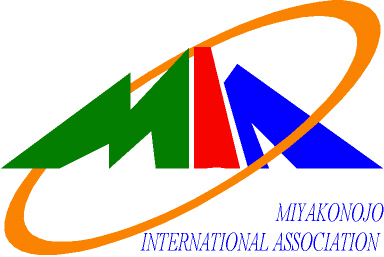Evacuation Areas
Things to remember when staying at an evacuation area
At evacuation areas, many people are living together in very close quarters. When staying at an evacuation area, let's remember the following rules in order to create a better environment for everyone. Let's work together and cooperate!
1) Registration of evacuee information
Please fill out the essential information for your family on the evacuee card passed out by the supervisor at the evacuation area.
2) Cooperation with operations of the evacuation area
The evacuation areas are used by everyone. If you're there a long time, please help out by taking your turn to pass out food and other supplies.
3) Limitations on use of offices/cooking rooms
Offices and cooking rooms are used by everyone. You cannot use them solely for yourself.
4) Distribution of food and goods
If you're staying overnight (one night), please bring your own food (three meals), blankets, and towels.
If you're staying for an extended period (or if evacuation warnings/instructions have been issued), the city will provide emergency rations and goods as necessary.
In the case of a sudden earthquake or volcanic eruption, daily commodities will be distributed to all evacuee families. However, nothing will be distributed until preparations can be made to distribute to all evacuees.
5) Use of temporary public phones
In the case temporary phones are set up, they are to be used for urgent matters only. Telephone lines are often jammed during disasters, so please use a phone voice-mail service to leave a message for those who may be trying to contact or find you.
6) Bringing pets with you is forbidden
Evacuation centers are used by everyone in the community, so you cannot bring your pets with you.
7) Restrictions on drinking alcohol and smoking
There is to be no drinking or smoking outside of designated areas. Also, to prevent the outbreak of fires, the lighting of campfires is not allowed.
Please refer to the Miyakonojo City Home Page Disaster Prevention Maps to find where your evacuation area is.
